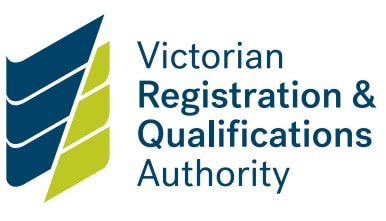About the Standard
By building strong organisational processes, providers can help keep children safe. This Standard seeks to create a culture of child safety through:
- information sharing
- recordkeeping
- governance arrangements
- management of risks to children.
This is important in an international education or student exchange program where children are uniquely at risk.
Are you a registered school?
CRICOS schools and SEOs that are also registered schools should follow the child safe advice for schools. They must ensure their CRICOS and SEOs operations are incorporated into the school’s compliance with the Standards. They should tailor advice to their international student cohort and community.
Schools - child safety and wellbeing regulations
Ensure that child safety and wellbeing are embedded in school leadership, governance and culture.
A CRICOS or SEO school complying with this Standard may:
- make a clear commitment to child safety that is inclusive of the unique risks for international students
- have leaders that promote a child safe culture for international students and their families
- develop risk management strategies which consider international students
- make governance arrangements for child safety policies and procedures that include international students
- develop a Child Safety Code of Conduct outlining behavioural standards for all staff and volunteers working with international students and their families
- ensure its child safety policies and procedures are:
- publicly available
- written in plain English
- translated
- customise a risk register for international students focused on the 24/7 obligation for their:
- welfare
- safety
- care.
Are you a non-school student exchange organisation?
Non-school student exchange organisations (SEOs) should follow the advice provided on this page and ensure that student care and oversight of inbound and outbound exchange programs match.
How to comply
A non-school SEO must provide evidence of:
- a Child Safety and Wellbeing Policy or statement
- a Child Safety Code of Conduct outlining behavioural standards for:
- staff
- volunteers
- host families
- risk management strategies appropriate to inbound and outbound student exchange programs
- documented governance frameworks to support child safety for inbound and outbound students
- how the organisation champions and models a child safe culture though its:
- management
- staff
- volunteers
- host families
- inbound and outbound orientation materials that outline expected behaviour
- staff and volunteers that understand the requirements for:
- child safety information sharing
- recordkeeping
- reporting
- communications resources or activities that are:
- publicly available
- informed by consultation
- written in plain English.
Examples of compliance
A non-school SEO complying with this Standard may:
- have a Child Safety and Wellbeing Policy available on their website
- have a Child Safety Code of Conduct stating expected behavioural standards and responsibilities
- customise a risk register for exchange students focused on the 24/7 obligation for their:
- welfare
- safety
- care
- show evidence of a process for reviewing child safety practices that includes:
- review records
- agendas and meeting minutes
- date of review
- create, collect and store documents relating to child safety incidents
- provide staff and volunteer training that covers information sharing and recordkeeping obligations
- nominate a child safety champion to support exchange students and their host families
- have clear policies about contact with students both within and outside the organisation.
Updated


